- Author Jason Gerald [email protected].
- Public 2024-01-19 22:11.
- Last modified 2025-01-23 12:04.
Cocaine is a highly addictive stimulant that can cause a variety of serious health problems, including overdose and death. Because the signs of cocaine abuse are similar to the symptoms of other health problems, knowing if someone is using cocaine can be difficult. If you're concerned that a family member, friend, or co-worker might be using cocaine, learn the physical and behavioral signs to look out for.
Step
Part 1 of 3: Recognizing Physical Signs
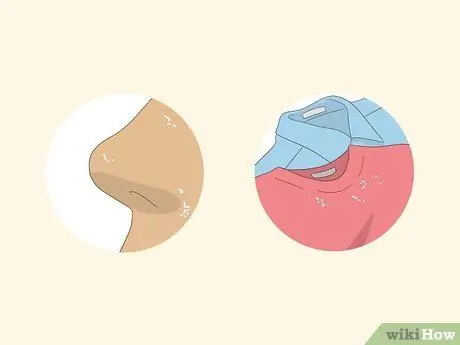
Step 1. Look for white powder on the nose and belongings of the person you suspect
Cocaine is usually a white powder that is inhaled through the nose. Look for powder residue on the suspect's nose and face. Even if he has washed his face or cleaned himself, powder residue may still be found on the person's clothes or household surfaces.
- Check for items under the bed or chair that may have been used as a flat surface to inhale cocaine.
- The person may say that the powder is powdered sugar, flour, or some other harmless substance. If it's found more than once, especially in odd places (like on the surface of a magazine under the bed), the powder is most likely not powdered sugar.

Step 2. Notice if the person snorts a lot or has a runny nose
Cocaine is very irritating to the sinuses and can cause a runny nose. Heavy addicts often snort as if they have a cold, even if they show no other signs of illness.
- Frequent touching or rubbing the nose is another sign the person may be using cocaine.
- Long-term heavy use of cocaine can cause the user to experience nosebleeds and internal nasal damage.
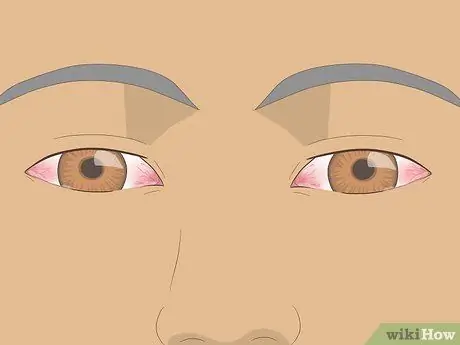
Step 3. Watch out for red eyes
Because it is a strong stimulant, cocaine causes the user's eyes to turn red, just as if using marijuana. Notice if your suspect's eyes are red and watery at odd hours. Cocaine prevents sleep so the user's eyes will appear very red in the morning.
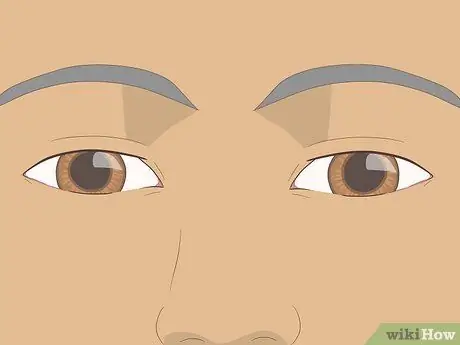
Step 4. Notice if the person's pupils are dilated
Cocaine causes pupil dilation. Notice if the person's pupils dilate unnaturally even in a brightly lit room. Because dilated pupils make the eyes more sensitive to light, cocaine users may wear sunglasses to protect their sensitive eyes.
- The pupils dilate only as long as the effects of cocaine last. So, these physical signs are usually easy to miss.
- There are many other types of medications that can also cause pupil dilation. Therefore, abnormal pupil dilation is not a definite indication of cocaine use.
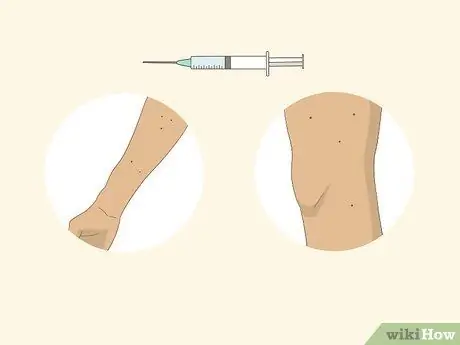
Step 5. Look for needle marks on the skin of the person you suspect
Heavy addicts usually dissolve cocaine and use a syringe to inject the solution into the body. Look at the hands, forearms, soles of the feet, and feet for small puncture wounds that indicate needle sticks in that part of the body. If there are tiny "dotted grooves" on the skin, the person is likely using cocaine.
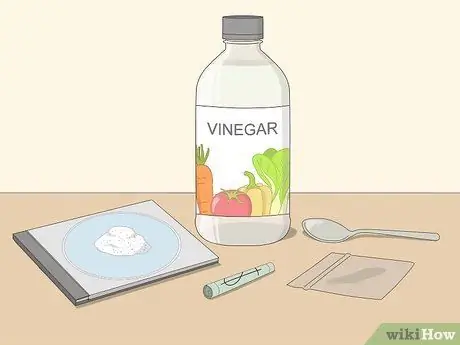
Step 6. Look for trinkets of drug use
Cocaine can be inhaled through the nose as a powder, inhaled in the form of smoke from a cocaine block, or injected directly. There is a wide variety of cocaine-related items you might find.
- White powder on a mirror, CD case, or other surface.
- Rolls of banknotes, pipes, cocaine spoons, small plastic bags.
- Lemon water or vinegar can be mixed with cocaine for a more intense effect.
- Heroin is sometimes used together with cocaine. This method is also known as 'speedballing'.
Part 2 of 3: Recognizing Behavioral Signs
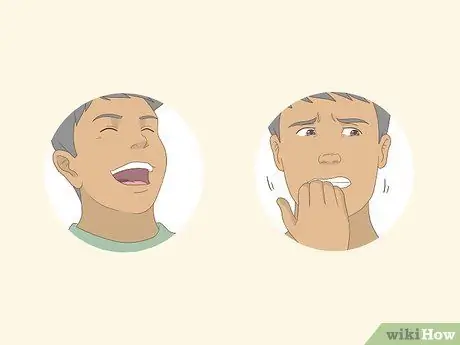
Step 1. Notice if the person seems odd
Cocaine causes feelings of euphoria. Cocaine users can appear excited for no apparent reason. Compare the person's current behavior with their usual behavior to help determine whether or not the different behavior is due to cocaine or other drug use.
- Cocaine users may also laugh more often.
- Users can also sometimes become very aggressive or impulsive while experiencing the effects of cocaine. Hallucinations can also occur.
- Hyperactive behavior occurs only as long as the effects of cocaine last, which is between 20 minutes to 2 hours.

Step 2. Notice if the person you suspect leaves the room frequently
Because the effects of cocaine are short-lived at a time, the use of the drug must be repeated frequently so that the user can experience a continuous feeling of euphoria. Therefore, cocaine users often ask for permission to leave the room, to use cocaine. If the person you suspect is constantly going to the bathroom every 20 or 30 minutes, it may be a sign that he or she is using cocaine.
- Of course there are many other reasons a person needs to go to the bathroom frequently. Look for other signs that help substantiate the notion that the behavior was caused by cocaine use, such as a feeling that the person is hiding something.
- You may also notice the person occasionally leaving the room with someone. Watch for a secretive exchange of glances between two people who may both use cocaine.
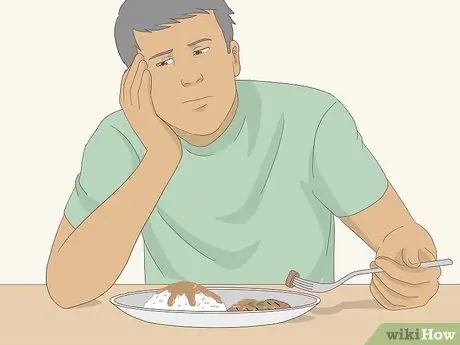
Step 3. Notice if your suspect's appetite has decreased

Step 4. Recognize the after effects of cocaine use
When the euphoric effect wears off, especially one day after using a lot of cocaine, the user can feel lethargic and depressed. Pay attention to whether the person you suspect has trouble getting out of bed or is very moody one day after you suspect the person is using cocaine. If you notice a lethargic pattern, the person is likely using cocaine.
- In many cases, users usually isolate themselves from others after using cocaine. If the person you suspect is locking themselves in their room and won't come out, that could be a sign of cocaine use.
- Some people use sedatives or alcohol to counteract the effects of cocaine in order to sleep.
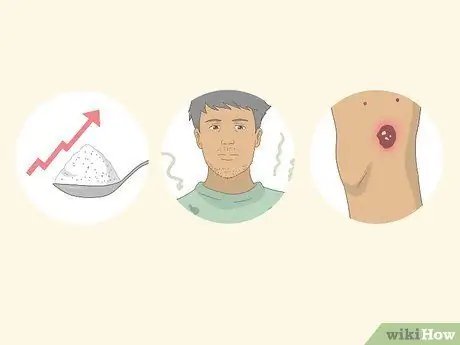
Step 5. Observe long-term changes
Long-term users are at risk of becoming increasingly addicted to cocaine. Re-experiencing euphoria becomes a top priority, and all other life obligations are neglected. Watch for signs of a long-term heavy addict:
- People who repeatedly use cocaine can develop a tolerance to the drug, requiring increasing doses to get the euphoric effect. Such users may use cocaine as often as once every 10 minutes and continue to do so throughout the week.
- Long-term users can be secretive, unreliable, and often lie. In addition, long-term users may also display signs of dramatic mood swings, depression, or behavioral psychosis, due to cocaine's effects on the nervous system.
- Long-term users typically neglect family, work, and even personal hygiene, and have a new group of friends and acquaintances who also use cocaine.
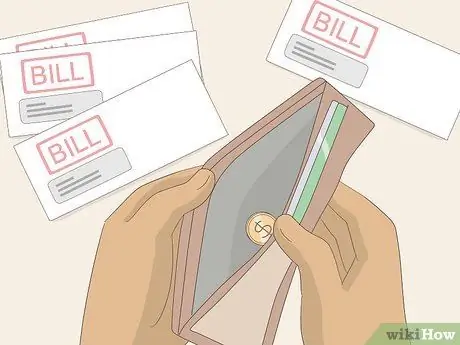
Step 6. Notice if the person is having financial problems
Cocaine is very expensive. Heavy addicts need a large income to finance this bad habit. Because cocaine use often has a negative impact on work, users can quickly get into financial trouble.
- Cocaine users are likely to ask for a loan of money without clearly saying what the money will be used for.
- In extreme cases, users even steal or sell personal items to finance their drug use.
Part 3 of 3: Knowing What To Do

Step 1. Talk about your worries
Saying something is much better than silence. Tell the person concerned that you know he or she is using cocaine and you are concerned about their health. Tell him that you want to help him overcome his habit or addiction.
- Do not wait until the person's condition becomes very severe. Cocaine use is too dangerous to be tolerated. Don't wait until the habit "stops itself" or gets out of control.
- List specific pieces of evidence to support you "proved" that the person used cocaine. Be prepared for the person's denial.

Step 2. Get help if the person is a family member
If the person you're concerned about is a child or family member, see a drug addict counselor for immediate help. The possibility of cocaine addiction is not something that can be handled alone.
- Find a counselor who specializes in dealing with addictive behavior.
- Family therapists or school counselors can also help.
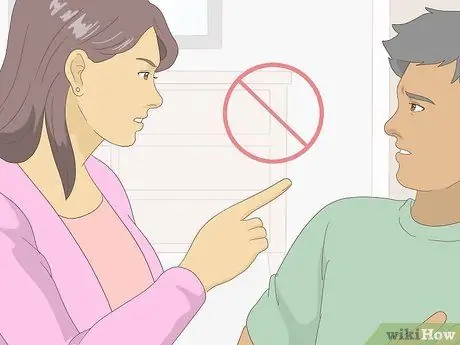
Step 3. Don't use threats and intimidation
Ultimately, the initiative must come from the cocaine users themselves for the bad habit to be completely stopped. Attempts to control the situation with threats, bribes, and severe punishment are unlikely to succeed. Invading privacy, disclaiming responsibility, and arguing with the person while he or she is experiencing the effects of cocaine use will likely only make the situation worse.
- Define achievable consequences (e.g. revoke allowances or drive privileges). Don't make empty threats that can't be executed.
- Try to find the root cause of the person using cocaine. Work with the counselor to find out what is causing the behavior.
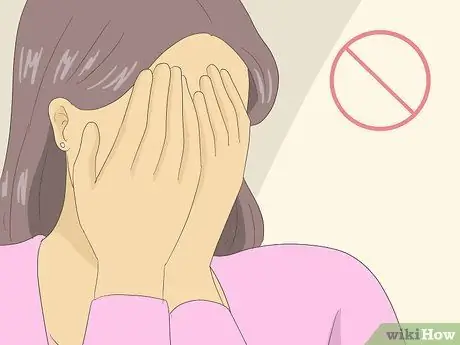
Step 4. Don't beat yourself up
Anyone you worry about, whether it's your child or someone else, blames yourself for nothing. You cannot control other people's choices; all you can do is support and encourage the person to get help. Letting the user take responsibility for his own actions is critical to his recovery.






